Embarking on the journey of exploring the fascinating world of mini drones, this blog post delves into every aspect you need to know about these compact aerial devices. From understanding what defines a mini drone to evaluating their key features, camera capabilities, and flight performance, we cover the essentials that both beginners and seasoned enthusiasts should consider. Whether you’re curious about the practical applications, legal considerations, or the latest in accessories and customisation options, our comprehensive guide is designed to navigate you through the dynamic and accessible realm of mini drones. Join us as we uncover the pros and cons, offer insights on choosing the right mini drone for you, and conclude with a look at the promising future of these remarkable gadgets.
Table of Contents
What Defines a Mini Drone?
In the expansive world of unmanned aerial vehicles (UAVs), the term “mini drone” refers to a specific category that has garnered significant interest from hobbyists, photographers, and tech enthusiasts alike. But what exactly defines a mini drone, and how does it differ from other types of drones? Understanding these distinctions is crucial for anyone looking to dive into the fascinating realm of drone flying or considering a mini drone for their next purchase.
Key Characteristics of Mini Drones:
- Size and Weight: Mini drones are characterized by their compact size and lightweight design. Typically, these drones have a diagonal motor-to-motor distance of less than 250mm and weigh under 250 grams. This small footprint makes them highly portable and, in many jurisdictions, exempts them from certain regulations that apply to larger drones.
- Flight Capabilities: Despite their size, mini drones boast impressive flight capabilities. They can perform a variety of maneuvers, from basic flights to more complex aerial tricks, making them appealing to both beginners and seasoned pilots. The ease of control, often through a smartphone app or a dedicated remote, enhances their accessibility to a wider audience.
- Camera Quality: Many mini drones come equipped with cameras, allowing users to capture photos and videos from unique aerial perspectives. While the camera specifications can vary, advancements in technology have enabled even mini drones to offer respectable image and video quality, suitable for casual photography or basic videography projects.
- Indoor and Outdoor Use: One of the defining features of mini drones is their versatility in flying environments. Their compact size and maneuverability make them ideal for indoor use, navigating tight spaces where larger drones wouldn’t dare to fly. Equally, many are robust enough to be flown outdoors, providing endless opportunities for exploration and creativity.
- Affordability: Mini drones are generally more affordable than their larger counterparts, making them an attractive entry point for individuals curious about drone technology without committing to a significant financial investment. This affordability, combined with the aforementioned features, contributes to the growing popularity of mini drones among a diverse group of users.
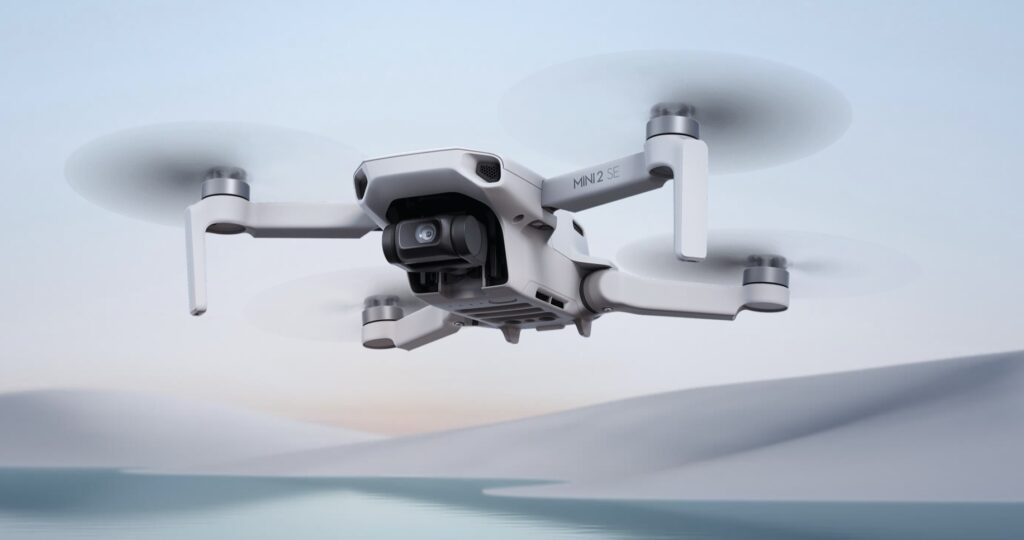
Mini 2SE Fly More Combo – £399.00 on Amazon!
In conclusion, mini drones are defined by their compact size, lightweight design, versatile flight capabilities, and relatively affordable price point. They strike a balance between functionality and accessibility, making them an excellent choice for both novice pilots and those looking to add a portable, fun-to-fly option to their collection. Whether it’s for indoor racing, outdoor photography, or simply enjoying the thrill of flying, mini drones offer a world of possibilities waiting to be explored.
Key Features of Mini Drones
Mini drones, while small in size, pack a significant punch when it comes to features and functionality. These compact flying machines have become increasingly popular for recreational use, photography, and even educational purposes. Understanding the key features of mini drones can help potential buyers and enthusiasts appreciate the versatility and value these devices offer. Here’s a closer look at what makes mini drones so appealing.
Compact and Lightweight Design: The most distinguishable feature of mini drones is their compact and lightweight construction. This not only makes them highly portable but also allows for greater maneuverability and ease of use, especially for beginners. The small size enables indoor flight in tighter spaces, making mini drones perfect for those looking to fly drones in their living rooms or other confined areas.
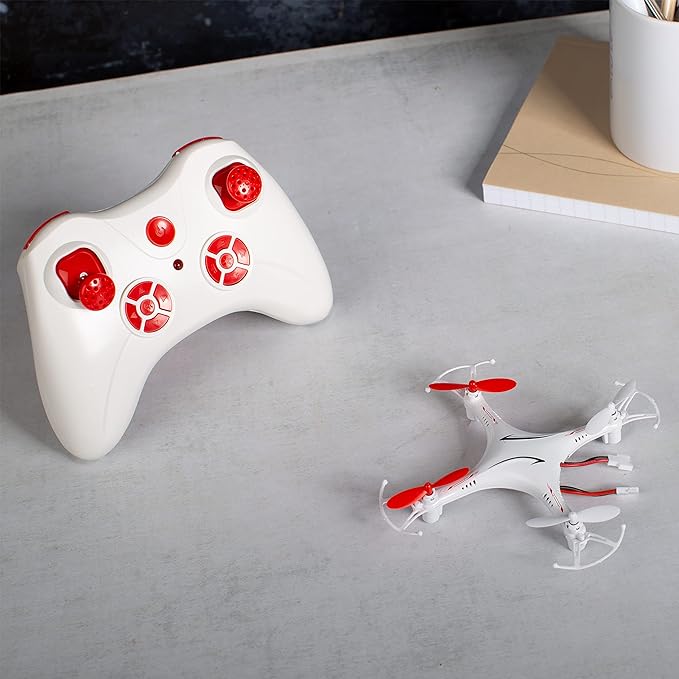
Red5 Nanocopter Drone Only £9.99 on Amazon!
Integrated Cameras: Many mini drones come equipped with integrated cameras, allowing users to capture photos and videos from unique aerial perspectives. While the camera specs may not rival those of larger, professional-grade drones, they are more than capable of delivering quality shots for casual photography or social media sharing.

Flight Stability and Control: Despite their small size, mini drones often feature advanced stabilization technologies that ensure smooth flight and easy control. Gyroscopic sensors and flight control algorithms work together to maintain stability, even in windy conditions. This makes mini drones not only fun to fly but also reliable for capturing steady footage.
Durability: Mini drones are designed with durability in mind. Many models come with propeller guards and robust frames to withstand minor crashes and bumps. This resilience is crucial for new pilots learning the ropes, ensuring that minor mishaps don’t end their flying experience prematurely.
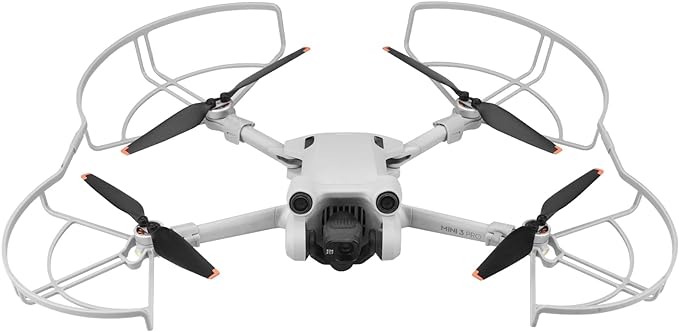
You can find Drone Prop Guards to protect your drone and from harming people on Amazon
User-Friendly Interface: Ease of use is a hallmark of mini drones, with user-friendly interfaces that simplify the flying process. Controllers are often intuitive, and many drones can be operated via smartphone apps, offering a seamless experience for pilots of all skill levels. Features like one-touch takeoff and landing, headless mode, and altitude hold further reduce the learning curve for new users.
Affordability: One of the most attractive features of mini drones is their affordability. These drones offer an economical entry point into the world of aerial photography and drone flying, providing significant value without a hefty price tag. This makes mini drones an excellent choice for those curious about drone technology or looking for a cost-effective way to explore their interest in aerial photography.

See this example of the Mini Pro 3 and the Mavic 3 Pro, having had both, I can confirm that the Mini is sufficient for most tasks, but the Mavic is insane!
In conclusion, mini drones boast an array of features that make them a compelling choice for a wide range of users. From their compact, lightweight design to their integrated cameras and user-friendly interfaces, these devices offer a perfect blend of functionality, durability, and affordability. Whether you’re a beginner looking to learn the basics of drone flying or an experienced pilot seeking a portable option, mini drones provide a versatile and enjoyable flying experience.
Top Mini Drone Models on the Market
The market for mini drones is vibrant and diverse, offering a range of models suited to different needs and preferences. From feature-packed options for enthusiasts to simple and affordable choices for beginners, the variety ensures there’s a mini drone for everyone. This segment highlights some of the top mini drone models currently available, diving into their key specifications, advantages, and who they’re best suited for.
DJI Mini 2 The DJI Mini 2 is a standout in the mini drone category, renowned for its impressive blend of portability and performance. Weighing just under 250 grams, it boasts a 4K camera, up to 31 minutes of flight time, and OcuSync 2.0 transmission technology offering up to 10 kilometers of HD video transmission. Ideal for travelers and content creators, the Mini 2 combines ease of use with stunning image quality.
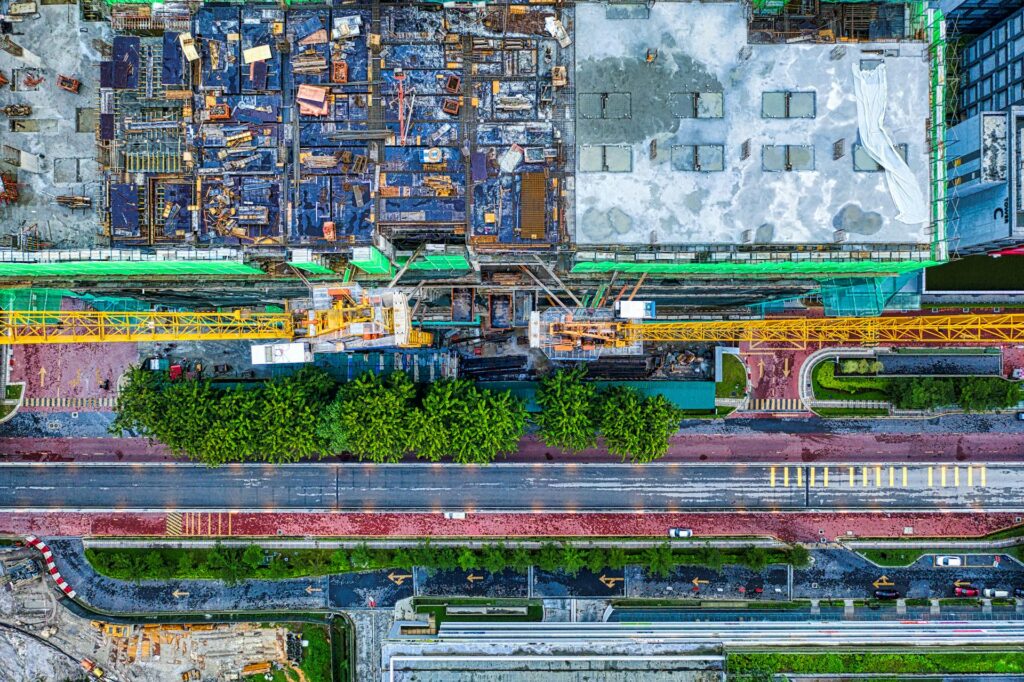
Ryze Tello Designed in collaboration with DJI, the Ryze Tello is an affordable entry-level mini drone that doesn’t skimp on features. It offers a 5MP camera, 13 minutes of flight time, and is programmable, making it a popular choice for educators and beginners. Its ease of control and educational value make the Tello a great first drone.
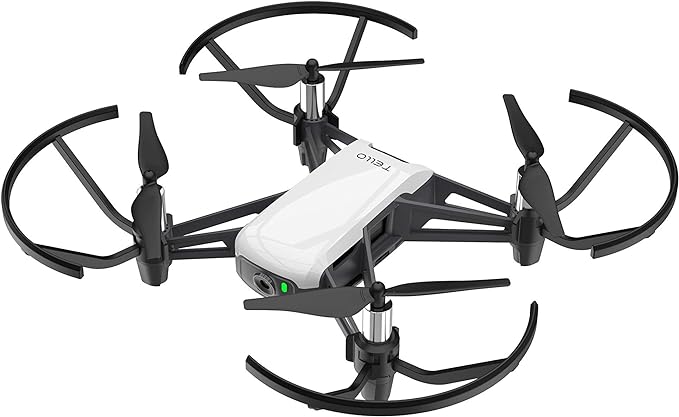
Holy Stone HS170 Predator The Holy Stone HS170 Predator is a budget-friendly mini drone designed for fun and practice. It’s known for its wind resistance, 6-8 minutes of flight time, and three-speed modes that cater to different skill levels. It’s the perfect choice for those looking to hone their piloting skills without a substantial investment.
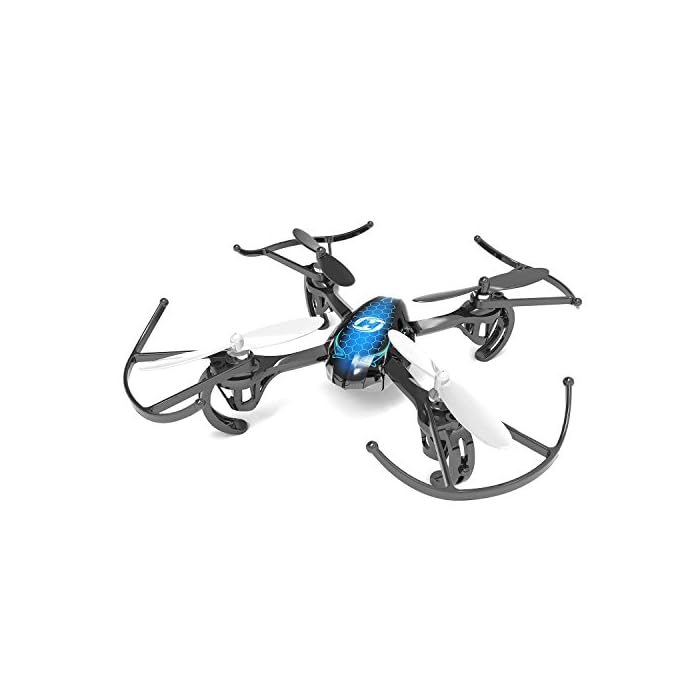
Parrot Anafi FPV Though slightly larger than some mini drones, the Parrot Anafi FPV fits the bill for its compact design and foldability. It features a 4K HDR camera, 25 minutes of flight time, and comes with FPV goggles for an immersive flying experience. It’s suited for drone enthusiasts and photographers looking for a unique perspective.
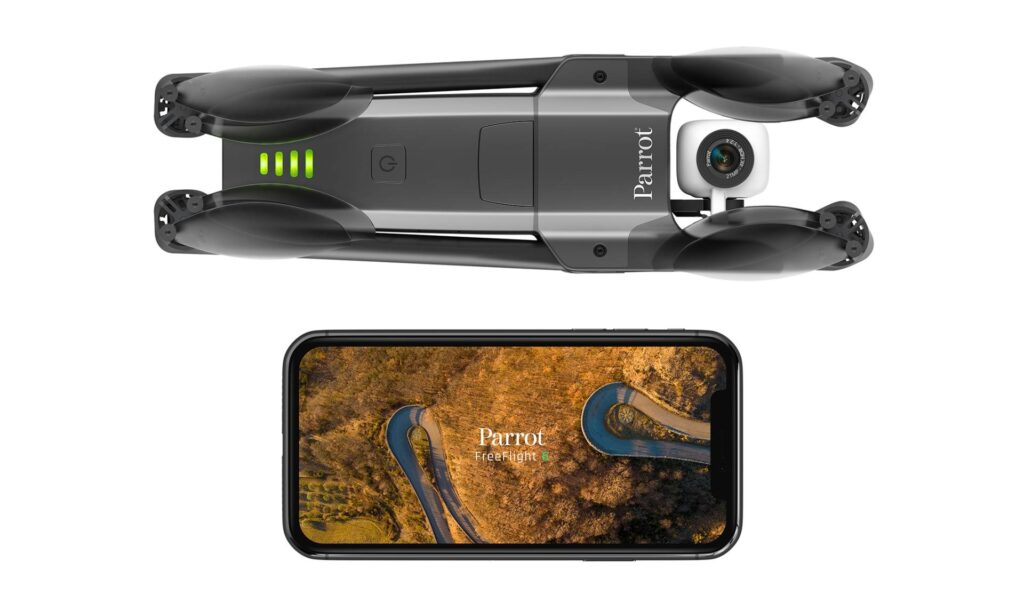
Hubsan H111 One of the smallest drones on the market, the Hubsan H111 is a nimble flyer perfect for indoor use. Despite its tiny size, it offers surprising stability and control, making it ideal for mini drone racing or just having fun at home. Its simplicity and durability make the H111 a great gift for kids or drone novices.
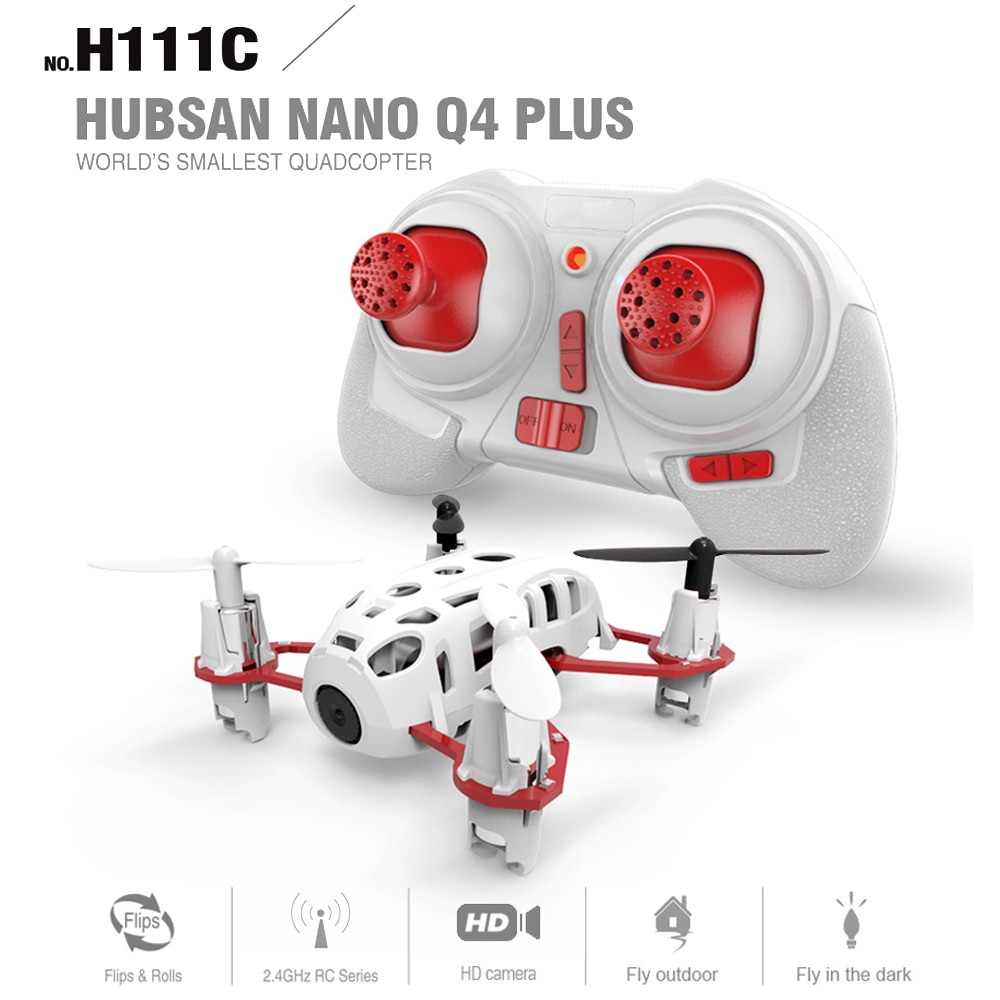
In summary, the current market offers a plethora of mini drone options tailored to different uses, from aerial photography and immersive FPV experiences to educational programming and indoor racing. Whether you’re a beginner looking for an affordable way to start flying or a seasoned pilot seeking a portable companion, there’s a mini drone model that’s perfect for your needs. Each of these top models exemplifies the innovation and accessibility that mini drones bring to the world of aerial technology, ensuring that enthusiasts and newcomers alike can find a drone that matches their passion and purpose.
Capturing the World from Above: Camera Capabilities of Mini Drones
The allure of mini drones often lies in their ability to capture stunning aerial photographs and videos, making the camera capabilities of these compact flyers a critical consideration for potential buyers. Despite their small size, many mini drones come equipped with cameras that can rival those of larger drones, offering a range of features designed to enhance your aerial photography and videography experiences. Let’s explore the camera capabilities that set mini drones apart in the sky.
High-Resolution Imaging: One of the standout features of mini drones is their high-resolution cameras, which can capture detailed photos and videos from the air. While specifications vary across models, it’s not uncommon to find mini drones that offer 1080p HD or even 4K video recording capabilities. This allows users to shoot crisp, clear footage that can be used for everything from personal projects to professional content creation.
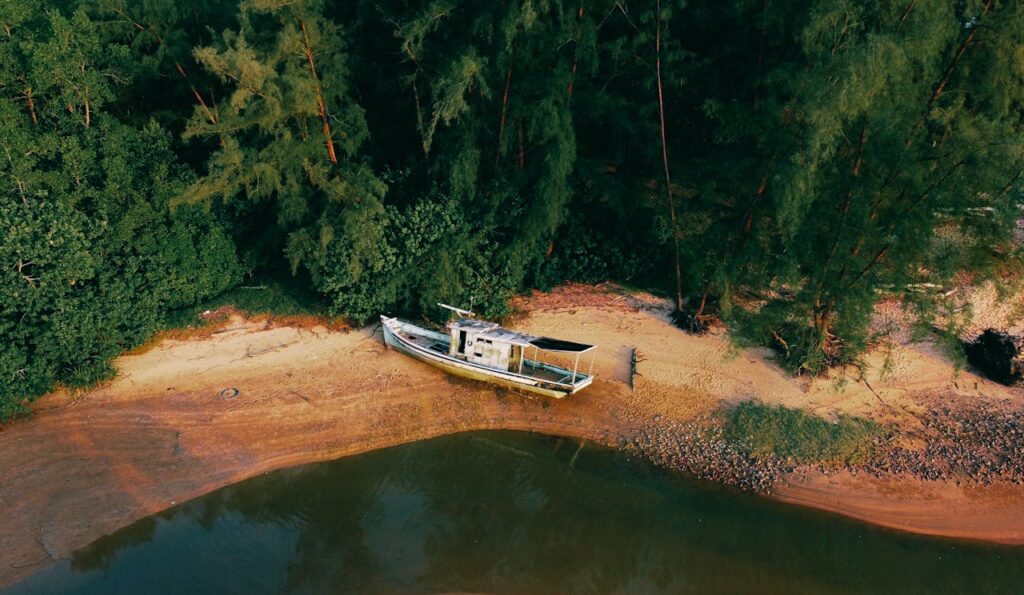
Stabilization Technologies: To ensure smooth and stable footage, many mini drones incorporate advanced stabilization technologies. Some models feature built-in gimbal systems, while others rely on electronic image stabilization (EIS) to reduce camera shake and motion blur. This technology is crucial for capturing steady, cinematic shots, even when flying in less-than-ideal conditions.
Wide-Angle Lenses: Mini drones often come with wide-angle lenses, allowing for expansive shots that capture more of the landscape below. This feature is particularly useful for aerial photography, enabling users to take breathtaking panoramic shots or selfies with vast, scenic backgrounds.
Low-Light Performance: While mini drones may face challenges in low-light conditions compared to their larger counterparts, many models are designed with features to improve performance in dim environments. Some drones adjust ISO settings and aperture to maximize light capture, ensuring that dawn, dusk, and indoor shots retain their beauty and detail.
Creative Shooting Modes: To enhance the user experience and encourage creativity, mini drones often include a variety of shooting modes. From automated flight paths that capture unique video sequences to burst mode for rapid-fire photo shooting, these features allow even novice pilots to produce professional-looking content.
In conclusion, the camera capabilities of mini drones have revolutionised the way we capture images and videos from the skies. With features like high-resolution imaging, stabilisation technologies, wide-angle lenses, and creative shooting modes, these compact devices offer users unparalleled opportunities to explore aerial photography and videography. Whether you’re a hobbyist looking to document your adventures or a professional seeking a portable solution for high-quality content creation, mini drones present a versatile and accessible option for capturing the world from above.
Soaring with Precision: Flight Performance and Stability of Mini Drones
The flight performance and stability of mini drones are crucial factors that influence the overall flying experience and the quality of aerial footage captured. Despite their diminutive size, mini drones have made significant strides in technology, offering impressive agility, control, and stability in the air. This section delves into the aspects that contribute to the superior flight performance and stability observed in today’s mini drones, providing enthusiasts and potential buyers with the insights needed to understand what sets these compact flyers apart.
Advanced Flight Control Systems: Mini drones are equipped with sophisticated flight control systems that utilize a combination of gyroscopes, accelerometers, and sometimes GPS to ensure stable flight. These systems work in tandem to monitor the drone’s position and make real-time adjustments to maintain stability, even in the face of wind or when executing intricate manoeuvres.
Responsive and Intuitive Controls: The responsiveness of a mini drone to control inputs is a key aspect of its flight performance. Manufacturers have refined the control systems to be both intuitive and highly responsive, allowing pilots to execute precise movements with confidence. Whether controlling the drone via a dedicated remote, a smartphone app, or gesture controls, users can expect a seamless flying experience.
Wind Resistance Capabilities: One might assume that the lightweight nature of mini drones would make them susceptible to being tossed about by the wind. However, many models are surprisingly capable of holding their own in breezy conditions. This is thanks to their advanced flight control systems and powerful motors that work together to counteract wind forces, ensuring stable flight outdoors.
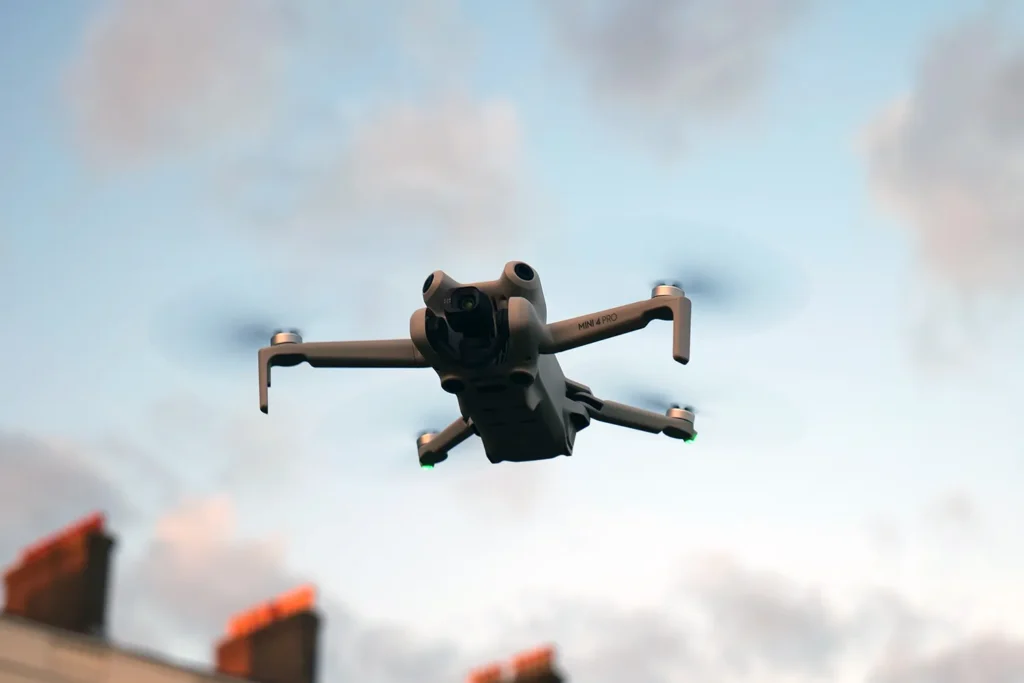
Battery Life and Flight Time: Flight performance is also directly influenced by battery life and flight time. Modern mini drones boast improved battery technologies that offer longer flight times, allowing users to enjoy extended periods of aerial exploration and photography before needing a recharge.
Hovering and Altitude Hold: The ability to hover in place with minimal drift is a testament to a mini drone’s flight stability. Many models feature an altitude hold function, which automatically maintains a steady height, freeing pilots to focus on camera work or simply enjoy the view. This feature is particularly useful for capturing stable video shots or conducting aerial surveys.
Obstacle Avoidance Systems: While more common in larger drones, some high-end mini drones are beginning to incorporate obstacle avoidance systems. These systems use sensors to detect and navigate around obstacles, further enhancing flight safety and stability, especially in complex environments.
In conclusion, the flight performance and stability of mini drones have reached remarkable levels, making them not just toys, but capable tools for photography, exploration, and fun. Advances in flight control technology, responsive controls, wind resistance, and battery life all contribute to making modern mini drones stable, enjoyable, and safer to fly. Whether navigating the confines of indoor spaces or braving the great outdoors, mini drones stand ready to deliver an exceptional flying experience.
Powering Your Adventures: Battery Life and Charging Times of Mini Drones
Battery life and charging times are pivotal factors that influence the overall enjoyment and usability of mini drones. These aspects determine how long you can fly before needing a recharge and how quickly you can get back into the air. Understanding the battery performance of mini drones can help pilots make informed decisions, ensuring continuous fun and productivity during flying sessions. Let’s explore what you can expect from mini drones in terms of battery life and charging times, and how to optimize your experience.
Average Battery Life of Mini Drones: Mini drones typically offer a flight time ranging from 5 to 30 minutes on a single charge, depending on the drone’s size, battery capacity, and flight conditions. While smaller, more basic models may lean towards the lower end of this spectrum, advanced mini drones equipped with more substantial batteries can provide longer flight experiences.

Charging Times for Optimal Flight: Charging times for mini drones can vary significantly, from as little as 30 minutes to over an hour. The specific time required to fully charge a battery depends on the battery’s capacity and the charging method used. Some drones may come with fast-charging capabilities, while others might require a longer period to recharge fully.
Tips for Extending Battery Life:
- Fly in Optimal Conditions: Avoid flying in extreme cold or windy conditions, as they can cause the drone to work harder and deplete the battery faster.
- Minimize Additional Weight: Extra accessories or attachments can increase the power consumption of your drone. Remove any non-essential items to help extend battery life.
- Use Batteries Wisely: Regularly cycling through your batteries and following proper storage guidelines can help maintain their health and longevity.
Understanding Charging Options: Most mini drones are charged via USB cables, offering the convenience of charging from various power sources, including computer USB ports, power banks, and wall chargers. Some models might include dedicated charging docks or multi-battery chargers for pilots looking to charge multiple batteries simultaneously, reducing downtime between flights.
Maximizing Your Flight Sessions: Investing in spare batteries is a practical way to maximize your flying time. Having several charged batteries on hand allows you to swap them out as needed, effectively extending your flight sessions and enjoyment.
In conclusion, while the battery life and charging times of mini drones may vary, understanding and managing these aspects effectively can significantly enhance your flying experience. By choosing the right drone for your needs, optimizing battery use, and preparing with spare batteries, you can ensure that your mini drone adventures are as uninterrupted and enjoyable as possible.
Mastering the Skies: Control Options and Accessibility of Mini Drones
The control options and accessibility features of mini drones play a pivotal role in shaping the user experience, making it crucial for enthusiasts to understand the different ways they can pilot these compact aerial devices. From traditional hand-held controllers to innovative smartphone applications and even gesture-based commands, mini drones offer a variety of control mechanisms designed to cater to pilots of all skill levels. Let’s delve into the diverse control options available for mini drones and how they enhance the flying experience through improved accessibility.
Traditional Remote Controllers: Most mini drones come with a dedicated remote controller that provides precise control over the drone’s movements. These controllers typically feature dual joysticks for maneuvering, buttons for specific actions like takeoff and landing, and sometimes dials for camera adjustments. The tactile feedback and ergonomic design of traditional remote controllers make them a preferred choice for many pilots, offering a sense of familiarity and precision.
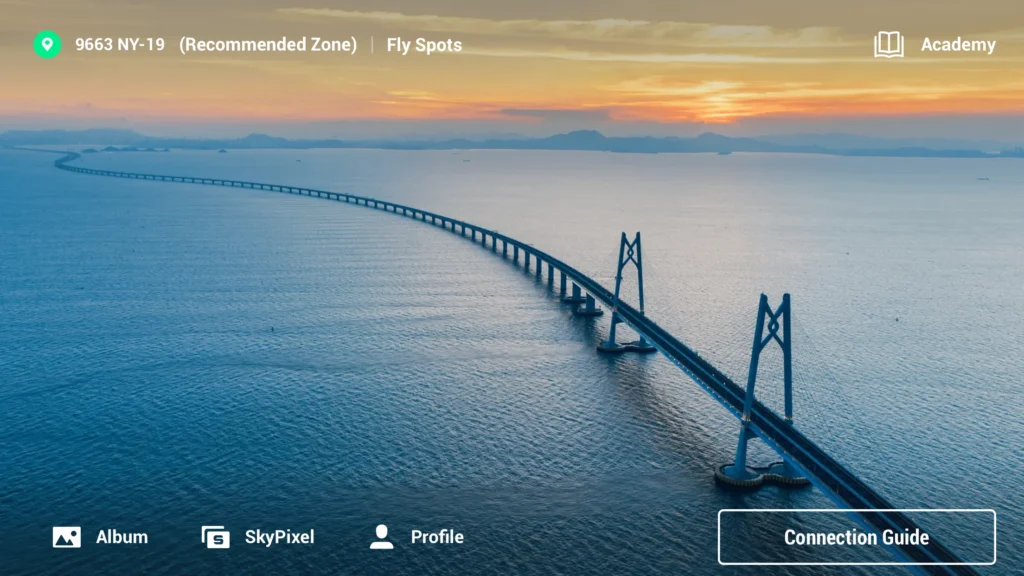
Smartphone App Controls: The integration of smartphone apps as control options for mini drones represents a leap in accessibility, allowing pilots to use their mobile devices as remote controllers. These apps not only enable flight control but often provide a live video feed from the drone’s camera, enhancing the pilot’s ability to capture stunning aerial footage. Additional features, such as flight data logging, automatic flight modes, and social sharing capabilities, further enrich the flying and content creation experience.
Gesture and Voice Commands: Advancements in drone technology have introduced the ability to control mini drones using gesture and voice commands. This hands-free approach to drone piloting appeals to users looking for an intuitive and futuristic flying experience. By recognizing specific hand gestures or voice commands, drones can perform manoeuvres, take photos, or start and stop recording, offering a unique way to interact with the device.
Headless Mode for Beginners: Headless mode is a feature designed to simplify drone control for beginners. When activated, this mode allows the drone to move in the direction of the joystick movement, regardless of its orientation. This reduces the learning curve for new pilots, making it easier to focus on flying and enjoying the experience without worrying about drone alignment.
Altitude Hold for Stable Flight: Another accessibility feature common in mini drones is altitude hold, which automatically maintains the drone at a set height. This allows pilots to concentrate on horizontal movements and camera control, leading to smoother and more stable footage, especially for those still mastering the art of drone flying.
In conclusion, the control options and accessibility features of mini drones are designed to enhance the flying experience for pilots of all skill levels. Whether you prefer the precision of a traditional remote controller, the convenience of a smartphone app, or the novelty of gesture and voice commands, mini drones offer the flexibility to engage with aerial photography and videography in ways that best suit your preferences and abilities.
Navigating the Skies Legally: Regulations and Legal Considerations for Mini Drone Pilots
Flying a mini drone is not just about mastering the controls and capturing breathtaking views; it’s also about understanding and adhering to the regulations and legal considerations that govern drone use. As the popularity of mini drones continues to soar, so does the importance of being aware of the rules set forth by aviation authorities to ensure safe and responsible flying. This section outlines the key regulations and legal considerations mini drone pilots must keep in mind before taking to the skies.
Understanding Drone Regulations: Drone regulations vary significantly from one country to another and are often updated to reflect the evolving nature of drone technology and its applications. In many regions, the rules for flying drones are determined by factors such as the drone’s weight, the purpose of the flight (recreational vs. commercial), and the proximity to people and sensitive areas.
For the UK it falls mostly under the CAP 722. But your country or district will hold simular.
Weight Classifications and Registration Requirements: One of the most common criteria used in drone regulations is the weight of the drone. Mini drones, often weighing under 250 grams, may fall into a category that is exempt from certain registration requirements in some countries. However, it’s crucial to verify local regulations, as registration might still be necessary depending on where you plan to fly.
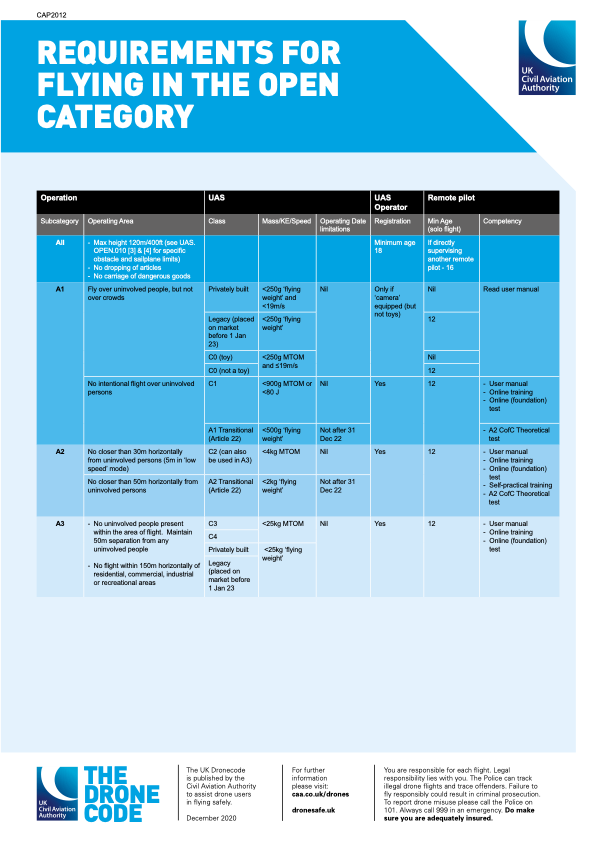
Flying in Restricted Areas: Pilots must be mindful of restricted areas where drone flying is limited or prohibited, such as near airports, military bases, and national parks. Some regions require pilots to obtain permission before flying in specific zones, emphasizing the need for pre-flight research and planning.
Privacy and Safety Concerns: Respecting privacy and ensuring safety are paramount when flying drones. Pilots should avoid flying over private properties without permission and steer clear of crowds to minimize risks. Understanding and adhering to guidelines regarding privacy and safety can prevent legal issues and promote harmonious coexistence between drone enthusiasts and the general public.
Commercial vs. Recreational Flying: Commercial drone pilots, including those using mini drones for business purposes, often face stricter regulations compared to recreational flyers. This might include obtaining a special license, carrying insurance, and adhering to additional operational guidelines. Distinguishing between recreational and commercial use is essential for compliance with local laws.
In conclusion, while flying a mini drone offers an exciting avenue for exploration and creativity, it also comes with a responsibility to operate within the legal framework established by aviation authorities. By staying informed about the regulations and legal considerations relevant to mini drones, pilots can ensure their flying adventures are not only enjoyable but also compliant with the law. This awareness fosters a safer environment for everyone involved, from the pilots themselves to the communities over which they fly.
Elevating Your Flight: Accessories and Customization for Mini Drones
Mini drones offer a gateway to not only experiencing the thrill of flight but also the opportunity to personalize and enhance that experience through a variety of accessories and customization options. Whether you’re looking to extend your flight time, improve your aerial photography, or simply add a personal touch to your drone, there’s an array of accessories designed to meet your needs. In this section, we explore the world of mini drone accessories and customization, highlighting how you can make your flying experience uniquely your own.
Essential Accessories for Extended Performance:
- Extra Batteries: Perhaps the most crucial accessory for any mini drone pilot, extra batteries can significantly extend your flight sessions, allowing for longer periods of exploration and photography.
- Propeller Guards: Ideal for beginners and indoor flying, propeller guards protect your drone’s propellers from damage during close encounters with obstacles.
- Carrying Cases: To safely transport your mini drone and its accessories, a durable carrying case is essential. Look for cases with custom compartments designed to fit your specific drone model.

Advanced Photography Upgrades:
- Camera Filters: Enhance your aerial photography with camera filters designed for mini drones. ND filters, for instance, can help manage light exposure, while polarizing filters reduce glare from reflective surfaces.
- Gimbals and Stabilizers: For models that support them, adding a gimbal or stabilizer can improve the smoothness and quality of your video footage, even during dynamic flight maneuvers.
Customization Options for Personal Flair:
- Skins and Decals: Personalize your mini drone with skins and decals available in various designs and colors. Not only do they add a personal touch, but they can also help protect the drone’s exterior from wear and tear.
- LED Lights: Adding LED lights to your mini drone can enhance its visibility during twilight flights and create visually striking effects, adding an extra dimension to your flying experience.
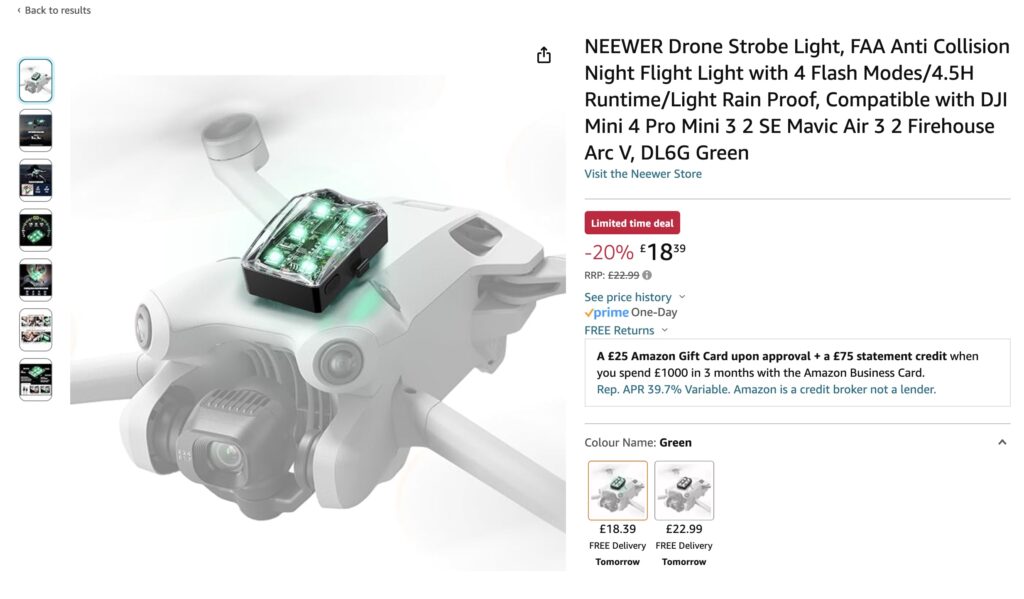
Performance Enhancements:
- Upgraded Propellers: Some pilots opt for upgraded propellers designed to offer improved efficiency, speed, or noise reduction, enhancing the overall flight performance of the mini drone.
- Range Extenders: To increase the communication distance between the drone and the controller, range extenders can be a valuable addition for pilots looking to explore further afield.
In conclusion, the accessories and customization options available for mini drones allow pilots to tailor their flying experience to their preferences and needs. From practical enhancements like extra batteries and carrying cases to personalization touches with skins and LED lights, there’s no shortage of ways to make your mini drone truly yours. By exploring these options, you can not only enhance the functionality and appearance of your mini drone but also maximize the enjoyment and satisfaction derived from each flight.
Exploring the Skies: Applications and Use Cases for Mini Drones
Mini drones, with their compact size and versatile capabilities, have found their way into an array of applications and use cases far beyond mere recreation. From professional photography and filmmaking to educational tools and environmental monitoring, mini drones are proving to be invaluable assets in various fields. This exploration into the applications and use cases for mini drones highlights the broad spectrum of possibilities they offer, showcasing their potential to innovate and enhance numerous activities.
Aerial Photography and Videography: One of the most popular uses of mini drones is capturing stunning aerial photographs and videos. Hobbyists and professionals alike utilize these drones to shoot breathtaking landscapes, real estate properties, and outdoor events from unique perspectives that were once difficult or impossible to achieve.

Educational and STEM Applications: Mini drones serve as excellent educational tools, introducing students to the basics of aerodynamics, robotics, and coding. Schools and educational programs increasingly incorporate drone flying into STEM (Science, Technology, Engineering, and Mathematics) curricula, encouraging hands-on learning and critical thinking.
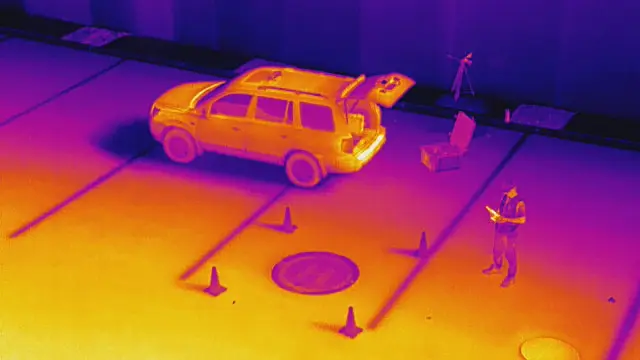
Environmental Monitoring and Conservation: Researchers and conservationists utilize mini drones for environmental monitoring, wildlife tracking, and habitat mapping. The ability to access remote or sensitive areas without disturbing the ecosystem makes mini drones ideal for collecting data on wildlife populations, vegetation health, and environmental changes.
Search and Rescue Operations: In emergency situations, mini drones can be deployed quickly to search for missing persons or survey disaster-affected areas. Their ability to cover large areas rapidly and provide real-time video feedback can be crucial in guiding rescue teams and assessing the extent of damage.
Sports and Recreation: For sports enthusiasts and adventurers, mini drones offer a way to document and share their experiences from thrilling perspectives. Whether it’s capturing a downhill mountain biking run, a kayaking adventure, or a scenic hike, mini drones add a dynamic element to sports and recreational videos.
Real Estate and Construction: In the real estate sector, mini drones provide agents and developers with an innovative tool for showcasing properties, offering aerial views that highlight the property’s layout, size, and surroundings. Similarly, in construction, drones are used for site surveys, progress monitoring, and inspecting hard-to-reach areas.
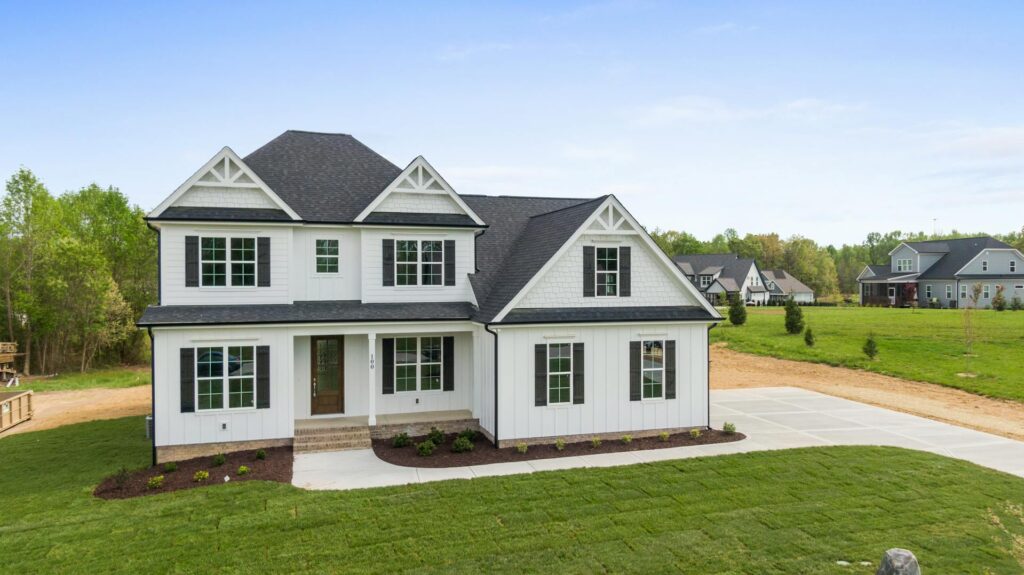
Agriculture and Farming: Farmers and agricultural professionals use mini drones for crop monitoring, irrigation management, and pest detection. The aerial perspective allows for efficient observation of crop health and resource distribution, leading to more informed decision-making and sustainable practices.
In conclusion, mini drones are not just toys but powerful tools that can be adapted to a wide range of applications and use cases. Whether it’s through capturing the beauty of the natural world, enhancing educational experiences, aiding in emergency operations, or contributing to scientific research, the potential uses for mini drones continue to expand. As technology evolves, so too will the innovative ways in which mini drones can be utilised, further solidifying their role as versatile and valuable assets across numerous domains.
Choosing the Right Mini Drone for You
Selecting the perfect mini drone can be a thrilling yet daunting task, given the vast array of options available on the market. Whether you’re a beginner looking to enter the world of drone flying or an experienced pilot seeking a compact companion, identifying the mini drone that best fits your needs is crucial. This guide is designed to help you navigate through the decision-making process, ensuring you choose the right mini drone that aligns with your aspirations, requirements, and budget.
Assess Your Skill Level: The first step in choosing a mini drone is to honestly assess your flying skill level. If you’re new to drone piloting, look for models with beginner-friendly features such as one-touch takeoff and landing, headless mode, and altitude hold. These features can significantly ease the learning curve, providing a more enjoyable and less frustrating experience.
Consider Your Primary Use: Mini drones can serve various purposes, from aerial photography and videography to racing and simple recreational flying. Define what you primarily intend to use the drone for. If capturing high-quality images is your goal, prioritize drones with superior camera capabilities. For racing or acrobatic flying, look for drones that offer high speed and agility.
Battery Life and Flight Time: Battery life is a critical factor that directly impacts your flying experience. Consider how long you would like to fly your drone between charges and look for models that meet or exceed this requirement. Remember, having spare batteries can extend your flight sessions, so check the availability and cost of additional batteries.
Camera Quality and Features: For those interested in aerial photography or videography, the camera’s quality, resolution, and stabilization features are paramount. Evaluate the camera specs, including resolution, frame rate, and whether the drone includes a gimbal or electronic image stabilization, to ensure your aerial footage meets your expectations.
Portability and Durability: The compact size of mini drones makes them ideal for travel and outdoor adventures. Consider how easy it is to transport the drone and whether it comes with a carrying case. Durability is also essential, as it determines how well the drone will withstand bumps and crashes. Drones with protective features like propeller guards can offer additional peace of mind.
Budget Considerations: Mini drones are available at a wide range of price points. Determine your budget beforehand and look for the best value within your price range. Keep in mind that the cheapest option may not always offer the best experience or longevity, while the most expensive models might include features you’ll never use.
In conclusion, choosing the right mini drone involves a careful consideration of your skill level, intended use, battery life, camera requirements, portability, durability, and budget. By prioritizing the features that matter most to you and conducting thorough research, you can find a mini drone that not only meets your needs but also enhances your flying experience. Whether for capturing stunning aerial footage, racing through obstacle courses, or simply enjoying the freedom of flight, there’s a mini drone out there that’s perfect for you.
Pros and Cons of Mini Drones: A Balanced Overview
Mini drones have surged in popularity among enthusiasts and professionals alike, offering a unique blend of portability and functionality. However, like any technology, they come with their own set of advantages and disadvantages. Understanding the pros and cons of mini drones can help potential buyers and users make informed decisions, ensuring they get the most out of their aerial adventures. This overview provides a balanced look at the benefits and limitations of mini drones, highlighting key considerations for anyone interested in exploring the skies with these compact flying machines.
Pros of Mini Drones
Portability: Mini drones are known for their compact size and lightweight design, making them incredibly portable and easy to carry anywhere. This makes them ideal for travelers and outdoor enthusiasts who want to capture aerial footage without the bulk and hassle of larger drones.
Ease of Use: Many mini drones are designed with beginners in mind, featuring user-friendly controls, automated flight modes, and safety features that make them accessible to pilots of all skill levels. This ease of use encourages more people to explore drone flying as a hobby or creative outlet.
Cost-Effective: Compared to their larger counterparts, mini drones are generally more affordable, making them a great entry point for those new to drone technology or those on a budget. The lower cost also makes them a less risky investment for beginners still learning to navigate.
Cons of Mini Drones
Limited Battery Life: One of the trade-offs of a compact design is often shorter battery life. Mini drones may require frequent recharging or battery swaps, which can limit flying time and necessitate carrying spare batteries for extended use.
Reduced Flight Stability in Wind: While many mini drones perform admirably in calm conditions, their lightweight construction can make them more susceptible to being buffeted by wind, potentially affecting flight stability and video quality during breezy conditions.
Camera Quality Limitations: Although the camera technology in mini drones has improved significantly, there may still be limitations in terms of resolution, stabilization, and low-light performance compared to more advanced drones. This is an important consideration for users primarily interested in high-quality aerial photography and videography.
Range and Speed Constraints: Due to their size and power, mini drones may have limitations on how far and how fast they can fly. While sufficient for casual use and exploration, these constraints might restrict their suitability for certain professional applications or competitive drone racing.
Conclusion
Mini drones offer a fantastic blend of portability, ease of use, and affordability, making them a popular choice for drone enthusiasts, hobbyists, and content creators. While they excel in convenience and accessibility, it’s important to consider their limitations in terms of battery life, flight stability, camera quality, and performance capabilities. By weighing the pros and cons, individuals can better determine if a mini drone meets their specific needs and expectations, ensuring a rewarding and enjoyable flying experience.
Conclusion: Navigating the World of Mini Drones
The journey through the world of mini drones reveals a landscape rich with opportunities for exploration, creativity, and innovation. These compact flying machines have proven themselves to be more than mere toys; they are tools that open new vistas for aerial photography, provide unique educational experiences, and bring the joy of flight to the palms of our hands. As we conclude our exploration, it’s clear that the appeal of mini drones lies in their blend of accessibility, versatility, and portability, making them a favored choice among enthusiasts and professionals alike.
Embracing the Potential of Mini Drones: Mini drones offer an accessible entry point into the realm of drone piloting, equipped with features that cater to users of all skill levels. From capturing stunning aerial footage to performing intricate maneuvers, the potential applications of mini drones continue to expand, pushing the boundaries of what we can achieve from the sky.
Making an Informed Choice: Choosing the right mini drone involves a careful consideration of your needs, preferences, and aspirations. Whether prioritizing camera quality, flight performance, or specific features like portability and ease of use, the key is to find a balance that aligns with your personal or professional goals. By understanding the nuances of what each model offers, you can select a mini drone that truly enhances your flying experience.
Looking to the Future: The world of mini drones is dynamic, with continual advancements in technology promising even greater capabilities, longer flight times, and more immersive experiences. As we look forward to what the future holds, it’s an exciting time to be part of the drone community, whether you’re taking your first flight or pushing the limits of aerial innovation.
In summary, mini drones embody the spirit of modern exploration and creativity, offering a unique blend of fun, functionality, and freedom. Whether you’re a hobbyist seeking new adventures, a teacher looking to engage students, or a professional capturing breathtaking visuals, the world of mini drones has something for everyone. By staying informed, considering your options carefully, and embracing the potential these devices offer, you can soar to new heights and discover the endless possibilities that await in the vast skies above.
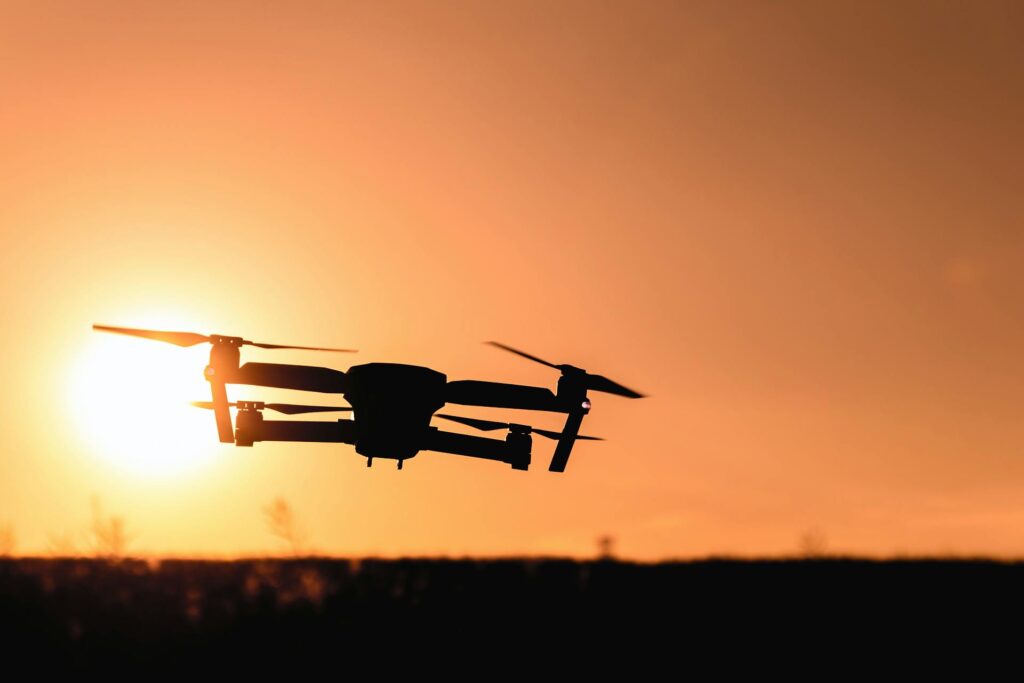

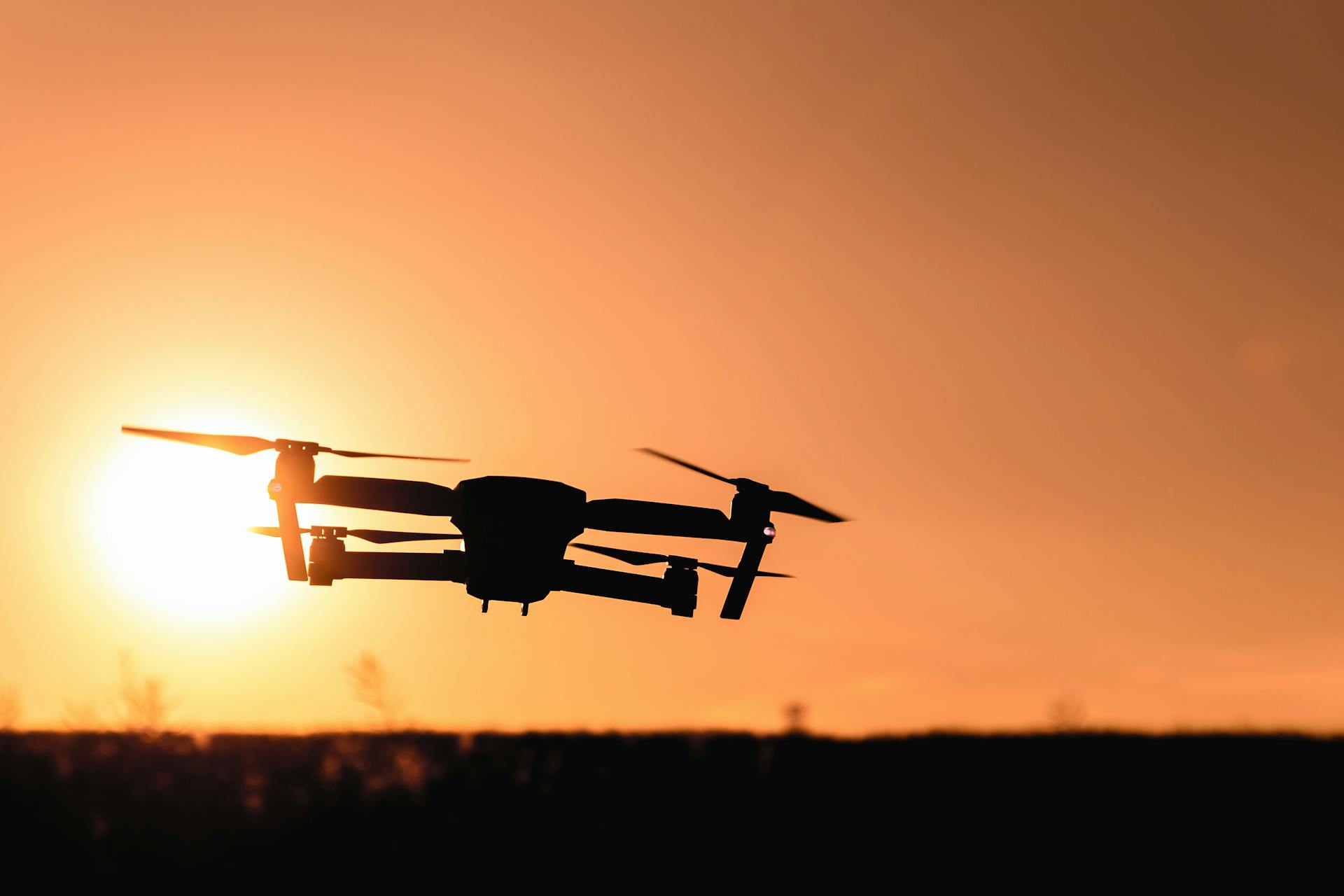
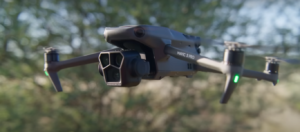
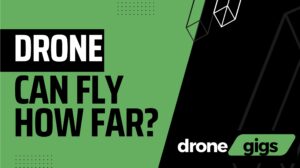

Pingback: (Beginner Drone)Flying Made Easy: The Best Drones for Beginners in 2024 - Drone Gigs
Pingback: Drone Can Carry How Much Weight? Exploring the Carrying Capacities of Popular Drones - Drone Gigs